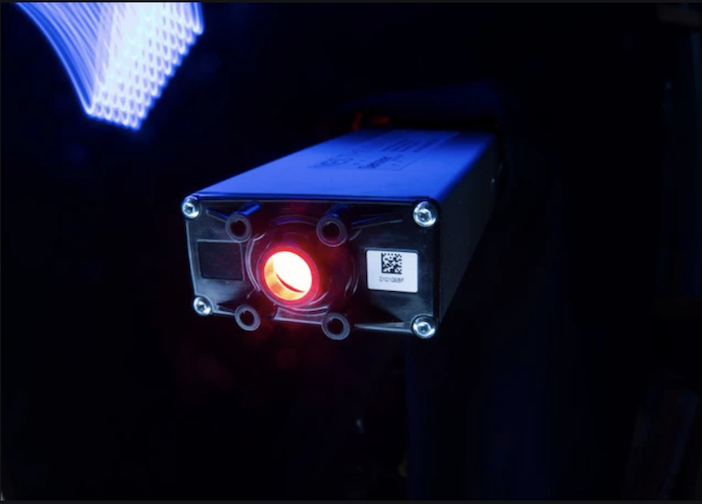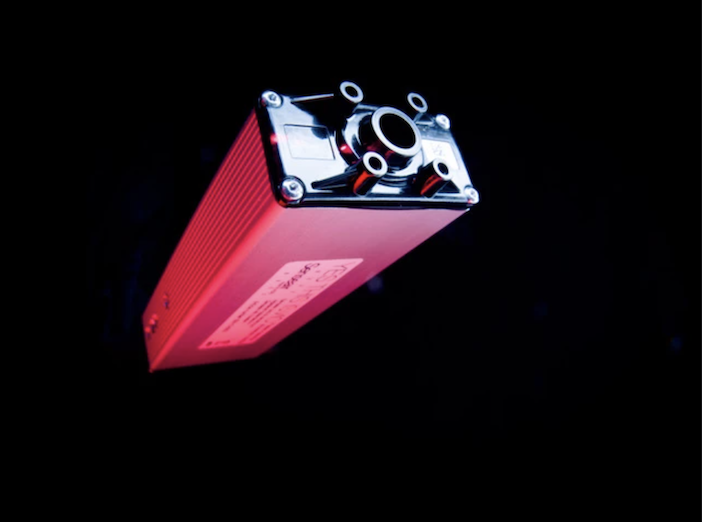The Automotive Coalition for Traffic Safety (ACTS), a Virginia non-profit, has announced that the first product equipped with new alcohol-detection technology will be available for open licensing in fleet vehicles for the first time ever, in late 2021.
In the first-generation system, drivers provide a puff of breath directed towards a small sensor, which can be fitted in the steering column or side door trim. Because it is designed for fleet operators implementing a zero-tolerance alcohol policy for their drivers, staff or employees, the system will give a “pass/fail” reading of the driver’s breath alcohol concentration. The first products integrated with DADSS technology are being manufactured by Senseair, a global leader in infrared gas measurement technology.
The next-generation system being developed for widespread use in consumer vehicles is designed to be fully passive and will be able to measure specific alcohol concentrations up to 0.08% — the legal limit in most US states — and above. It will not require a directed breath or other action, as the driver breathes normally into sensors outfitted in the steering column or side door trim.
The system is being designed to take an accurate reading in a matter of seconds and will be able to tell the difference between a driver and any passengers. Extensive human subject testing in a hospital setting and human subject driving is ongoing and required to ensure the technology meets the exceptionally high standards required for accuracy, precision and reliability before it can be made available for consumers.

Research milestone
The new technology is the result of extensive research, development and testing by the DADSS Program, which is a public–private partnership between ACTS, which represents the world’s leading automakers, and the USDOT’s National Highway Traffic Safety Administration (NHTSA).
The announcement is significant because it is the first time a product equipped with DADSS technology will come out of the lab and into vehicles. It is also a major milestone in the program’s quest to create a fully passive, non-invasive alcohol detection system that could have major implications in the fight to eliminate drunk driving.
Unlike existing breathalyzers or interlocks, the DADSS technology can be seamlessly integrated into vehicles so there is no physical hardware in the vehicle cabin. A consumer version is still under development and is expected by 2024.
“Open licensing” means that the technology, which measures a driver’s breath alcohol concentration, will be made available to any product integrator for preparation into fleet vehicles – whether it be government vehicles, rental cars, transportation vehicles, trucking companies, etc.
ACTS will begin licensing the DADSS technology to product integrators now, and a device equipped with the breath technology will be made available in late 2021. The technology was originally scheduled to be released in 2020, but the COVID-19 pandemic caused significant disruption in supply chains which limited microchip availability.

Saving lives
“The availability of DADSS technology is an exciting moment in motor vehicle safety history and a victory for scientific innovation,” says Robert Strassburger, president and CEO of ACTS. “After extensive testing, we are proud to say that a product ‘powered by DADSS’ is coming this year. We hope this announcement will heighten awareness and interest in the DADSS technology, so we can hit the ground running when the first product is available later this year.
“DADSS technology will be a game changer in the fight to eliminate drunk driving, and that is why we continue to push ourselves to expedite the development of a system for consumer vehicles. This sophisticated technology — measuring a driver’s precise BAC in less than a second — is a true feat of biomedical and vehicle engineering. It is unlike anything ever designed for vehicles and requires further development to become fully passive for consumer use.”
“This achievement was made possible thanks to so many individuals who believe in the life-saving mission of DADSS and who worked tirelessly to get a product to market,” says Dr. Bud Zaouk, DADSS program and technical manager. “We’re already hard at work preparing the technology for future use in consumer vehicles and are currently in the next phase of testing to ensure the systems are fast, accurate, reliable and seamless for drivers. As a father, I’m personally excited to help build a safer world for my young children and for all parents who want to protect their loved ones with this technology.”





